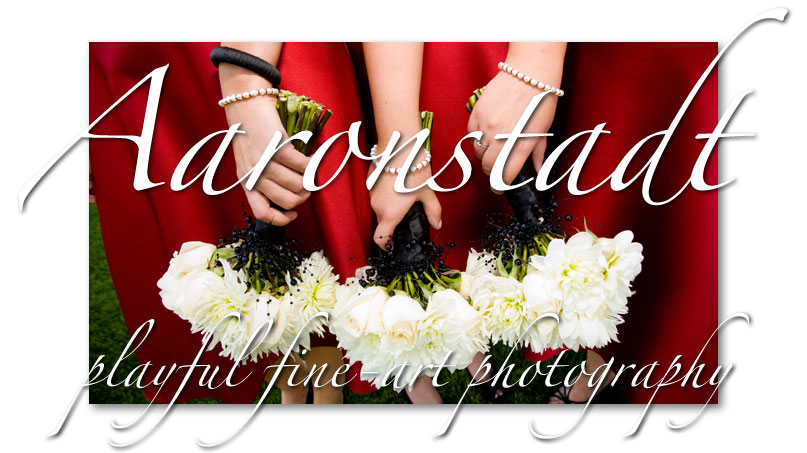If there’s one point in the planning process that drives couples to thoughts of eloping, it’s the guest list. What starts as an intimate list of your close friends and family turns into a sprawling volume for which your budget will only allow a PBR kegger with a pot-luck, sub-way, cheese whiz and KFC buffet.
One of the largest expenses in any wedding is dependent on the guest list. The number of guests dictates the amount of invitations, furnishings, food, drinks and favors that need to be ordered and paid for. Before you start thinking about your guest list, decide what your budget is and what style and size of wedding you want to have. This will help you determine factors like the type of venue you can afford and how much food and beverage allowance you can squeeze in to your budget. Playing with your budget numbers will help you figure out how many guests you can afford to host in the style you have in mind.
When Planning your guest list If you are the organized dot-your-tee's and cross-your-eyes type of person you might want to play the percentages. For example: the bride and groom choose 50% of the invitees and then each set of parents choose another 25%. Another hyper-organized method is to create relationship categories; The first tier consists of essential family members (parents, siblings, grandparents, other more distant relatives with whom you have a close personal relationship); the second is close friends and other extended family members (second cousins); the third is colleagues and other friends. Invite work colleagues who you socialize with outside work. If it has potential to cause a stir at your workplace, set logical parameters, such as only inviting people from your department, and there is no rule that says you must invite your boss if you don't want to. When you know how many guests you can afford, start cutting the list from the bottom tier up. You’ll save potential hurt feelings by eliminating entire groups of people (say coworkers or your book club), rather than inviting just a few. That said, ultimately you should invite people you want to share your life with – not just your wedding moment, Invite people to your wedding who are part of your life now, and who will be part of your future.
It can be very easy to get carried away, especially if parents and relatives insist on adding long lost family members and distant friends or acquaintances to the list. If parents are likely to be 'enthusiastically' involved in creating the list, save later embarrassment by giving them specific guidelines as soon as possible―before they start making phone calls inviting friends and family.
One thing that often trips up brides is whether or not to have a ‘plus-one’ on the invitation,” The solution is to do so only when you have socialized with the 'couple'. On the invitations, make it very clear whether the person invited is allowed to bring their spouse or significant other, children or a guest. If someone asks if he or she can bring a guest, diplomatically tell them that this is how you made the difficult decision; that there will be a lot of people attending without partners; and that, for budget reasons, you had to eliminate a lot of family and colleagues, which should make them feel special that they themselves were invited.
One good way to get around this is by trimming the list to only include friends and family who are close to the bride and groom. In this instance, most people will understand that the wedding is a smaller affair. If you’re not sure whether to invite someone, “Ask yourself, ‘Have I even seen this person in the last year?’” If the answer is no, sounds like you won't miss them if they don't show up.
Remember that it’s your day. It’s really easy to start feeling guilty and inviting people just because the think you should, but that’s how you end up with the spray-on cheese-whiz, kentucky fried chicken, gastronomical adventure. Be strong, be honest, be sensible and remember, rich people give better presents.
sjones / 971-235-4442 / www.aaronstadt.com


